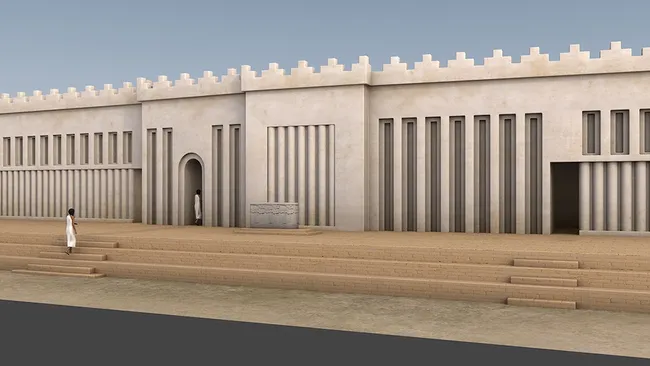In a groundbreaking discovery, archaeologists have unearthed two temples stacked atop each other in Iraq. One newer temple, dating back to the 4th century B.C. and dedicated to the Greek god Hercules and his Mesopotamian counterpart Ningirsu, holds a tantalizing clue to Alexander the Great.
A fired brick with an Aramaic and Greek inscription referencing “the giver of two brothers” hints at a potential connection to the Macedonian king. This inscription, likely referring to Zeus and his connection to Alexander, is accompanied by a silver coin depicting Alexander alongside the Greek sky god.
The discovery of the second, older temple buried beneath the Hellenistic structure further adds to the site’s significance. This earlier temple, dating back 1,500 years, highlights the profound respect the inhabitants of Babylonia held for their rich history.
Further investigation revealed offerings like clay figurines, some depicting Macedonian riders, potentially linking the site to Alexander’s presence or even a memorial dedicated to him after his death.
While Alexander’s visit to the site remains unconfirmed, the unearthed treasures offer compelling evidence of a historical connection and shed light on the enduring legacy of the ancient world.
